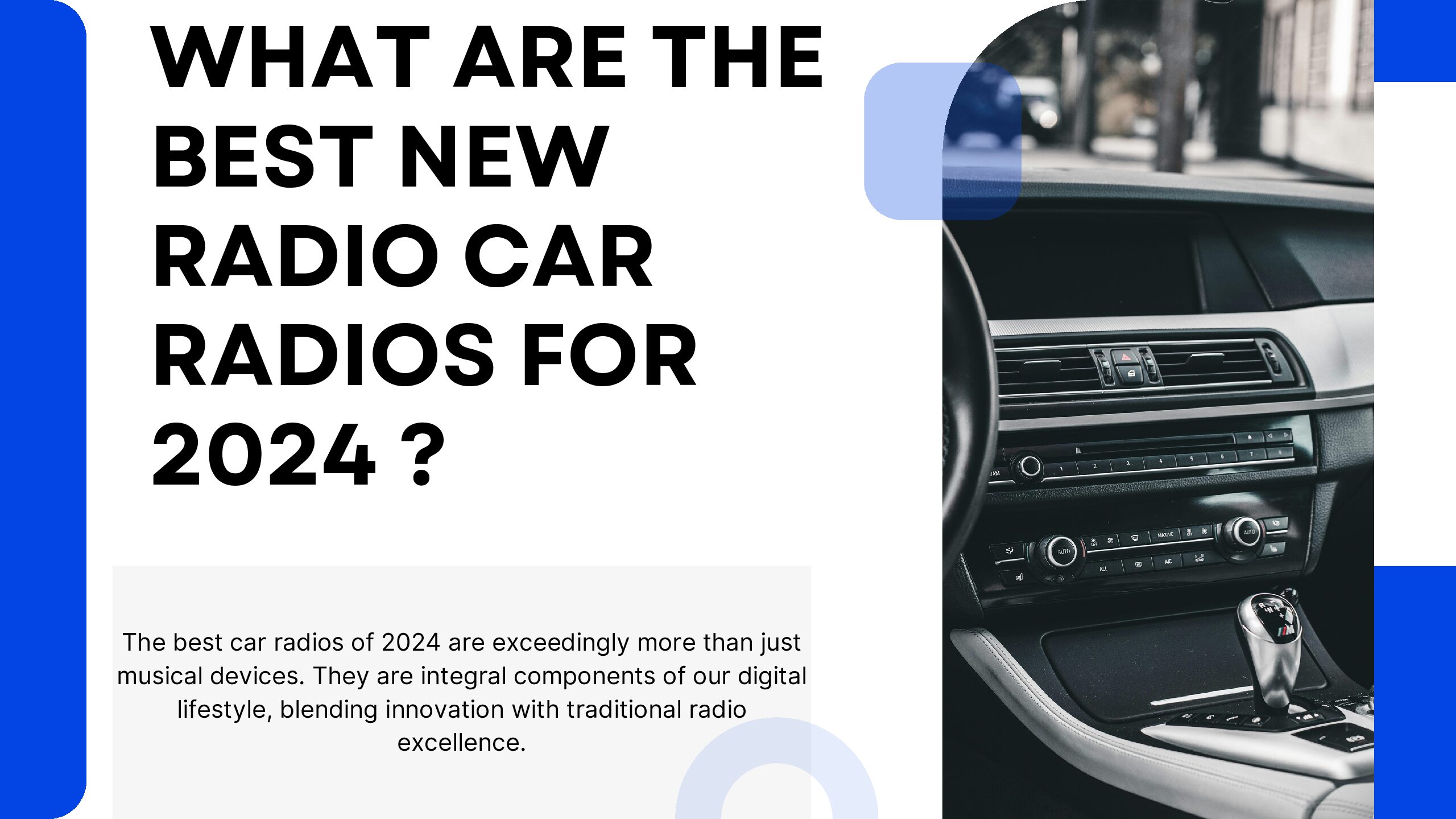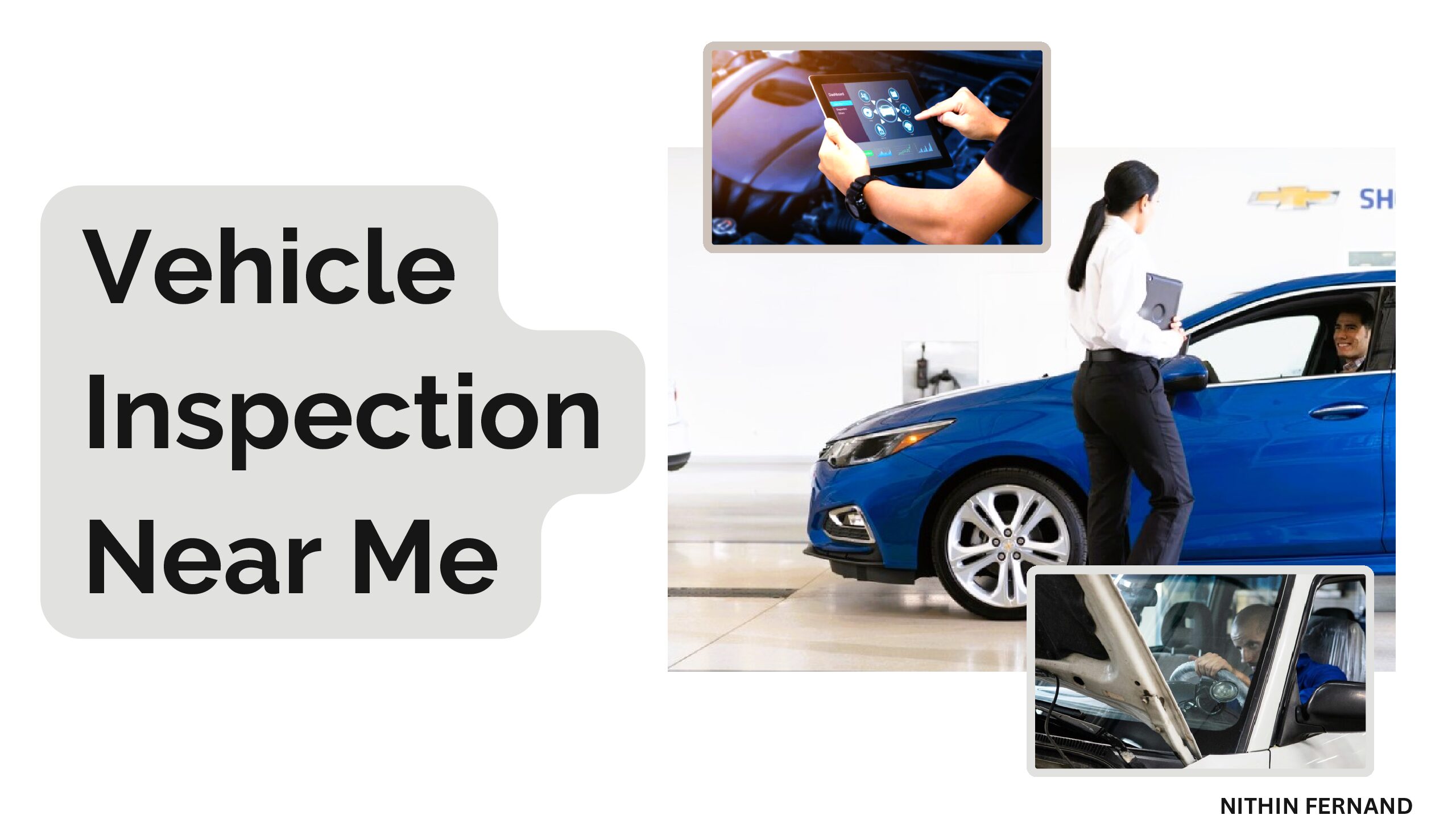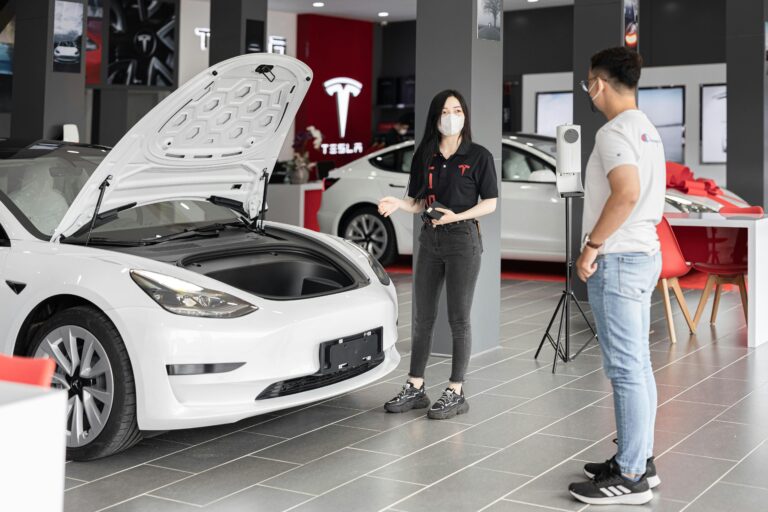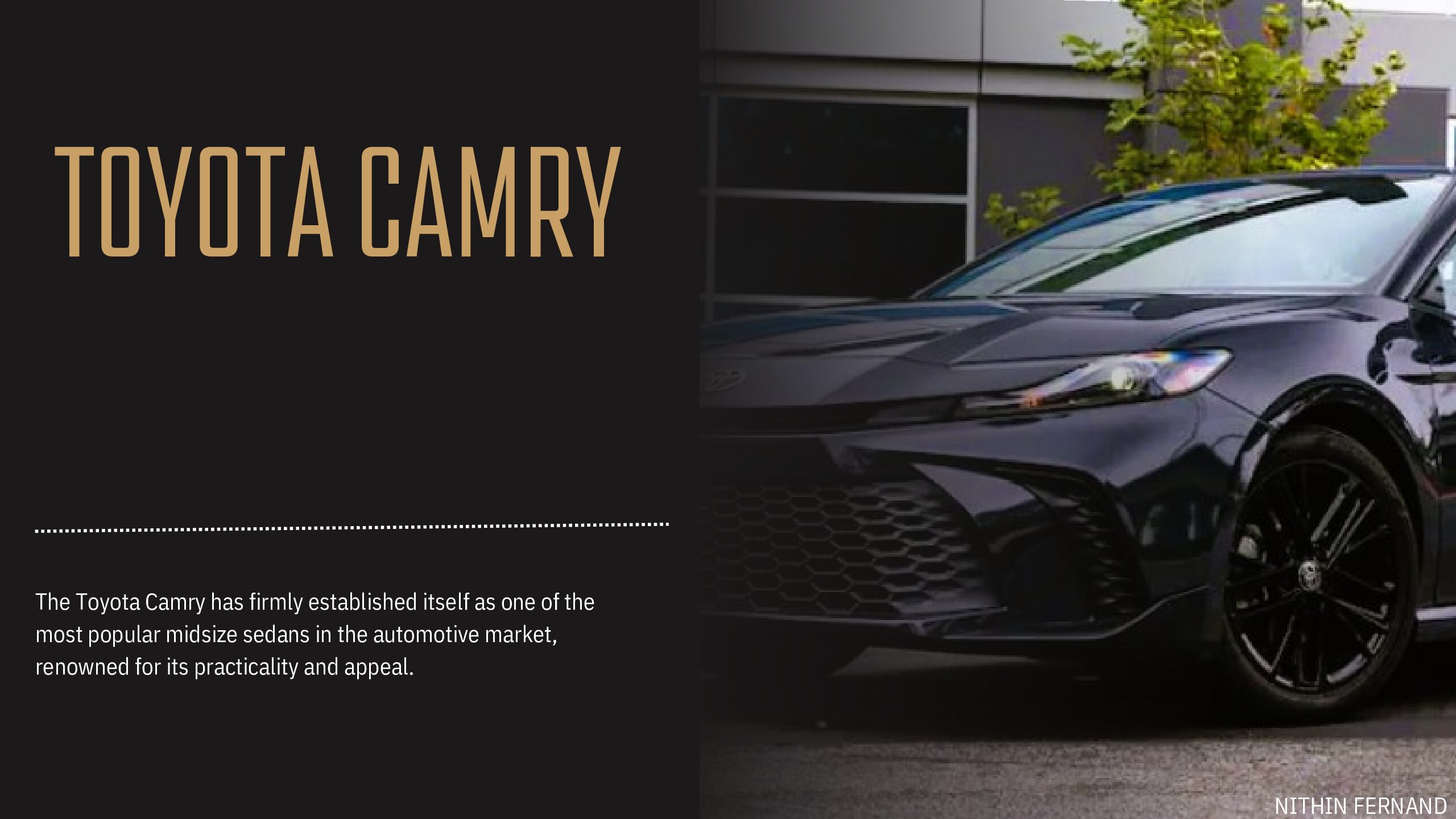What are the Best New Radio Car Radios for 2024 ?
Introduction
The year 2024 marks a pivotal moment in the evolution of car radios. Gone are the days when car radios merely served the purpose of tuning into AM/FM stations. Today, they are multifunctional infotainment systems, seamlessly integrating with smartphones and other smart devices, thus enhancing the driving experience like never before. This guide explores the latest advancements and highlights the best car radios that 2024 has to offer, aiding consumers in making informed choices.
The best car radios of 2024 are exceedingly more than just musical devices. They are integral components of our digital lifestyle, blending innovation with traditional radio excellence.

In This article, we will discuss Technological advancements, Top car radios of 2024, Evaluative criteria for choosing the best car radio, The future of car radios and frequently asked questions about new car radios.
Table of Contents
Technological Advancements in Car Radios
The evolution of car radios over recent years has been remarkable, driven by technological advancements that have transformed them into sophisticated infotainment systems. As we look into 2024, these devices have become indispensable companions for drivers, offering enhanced connectivity, smart features, and user-friendly interfaces that work seamlessly within the digital ecosystem of modern vehicles.
Connectivity Innovations
One of the most significant technological leaps in car radios is the integration of advanced connectivity features. Bluetooth 5.2 has been a game-changer, offering faster pairing and improved data transfer rates, which results in more reliable audio streaming and better battery efficiency for connected devices. This version enhances audio quality and allows multiple devices to connect simultaneously, catering to the needs of varied users within a single vehicle.
Furthermore, the integration of built-in Wi-Fi has expanded the horizons of car radio functionality. Now, car radios can connect to online streaming services, download updates, and even host a Wi-Fi hotspot for passengers, making long drives more enjoyable. The advent of 5G technology is pushing these boundaries further, providing ultra-fast data speeds and low latency connections. This allows for smooth, uninterrupted streaming of music, podcasts, and even video content directly through the car radio system. With such robust connectivity, car radios in 2024 can offer services that were unimaginable a few years ago, such as real-time traffic updates and location-based audio suggestions.
Smart Features
The incorporation of voice assistants like Alexa and Google Assistant into car radios has revolutionized how drivers interact with these devices. These smart features allow users to control their car radios through simple voice commands, minimizing distractions and enhancing safety. Drivers can now play their favorite songs, change radio stations, or navigate to a destination without lifting a finger.
Moreover, the smart car radio experience doesn’t end there. These devices are increasingly compatible with smart home systems, allowing drivers to control home devices directly from their car’s dashboard. Imagine adjusting your home thermostat or turning on the porch lights while still en route—all integrated into your car radio interface. This capability turns car radios into central control hubs that bridge the gap between home and vehicle ecosystems.
Screen Improvements
Another remarkable advancement in car radios is the development of larger, high-resolution touchscreens. As these displays replace traditional knobs and buttons, they offer a more intuitive and visual user experience, akin to using a tablet or smartphone. The screens now support vibrant graphics with crisp resolution, enabling easier navigation through media libraries and settings.
In addition to traditional touch inputs, gesture-control capabilities are also being increasingly adopted. This technology allows users to perform actions like skipping tracks, adjusting volume, or accepting calls with a simple hand wave. Such features are especially useful for reducing the need to touch the screen physically, which enhances safety by keeping drivers’ attention on the road.
Coupled with customizable interfaces, these screens can now reflect personal preferences, from themes to shortcuts for frequently used functions. This level of personalization ensures that the car radio not only fits the technological landscape of 2024 but also the specific needs and tastes of individual users.
Top Car Radios of 2024
In 2024, the car radio market is brimming with innovation, with various brands offering devices that cater to different needs and preferences. Here, we delve into in-depth reviews of the top car radios of the year, focusing on their specifications, unique features, and user experience. We’ll evaluate three standout brands—Brand A, Brand B, and Brand C—with a comparison of their strengths, potential drawbacks, and pricing.
Brand A: The Innovator

Brand A epitomizes technological advancement in car radios, offering a state-of-the-art device that stands out through its exceptional specifications and user-oriented features.
Specification Highlights:
- Display: 10-inch AMOLED touchscreen with high resolution for vivid visuals.
- Connectivity: Bluetooth 5.2, integrated Wi-Fi, and 5G readiness for seamless online streaming.
- Smart Features: Built-in Alexa with voice recognition and compatibility with Android Auto and Apple CarPlay, providing effortless control.
Unique Features:
- AI-Powered Personalization: This radio includes artificial intelligence that learns user preferences over time, optimizing media suggestions and interface layout to better suit individual habits and tastes.
- Wireless Charging Pad: Integrated into the design for charging mobile devices without cords, promoting a clutter-free dashboard.
User Experience:
The user interface of Brand A’s radio is lauded for its responsiveness and intuitive design. Users appreciate the ability to personalize layouts and shortcuts, which contributes to a seamless in-car experience.
Pricing and Value:
Priced at approximately $899, this device sits at the premium end of the market. While the cost is significant, users report it as a worthwhile investment due to its comprehensive feature set and cutting-edge technology.
Pros:
- Superior display quality with an easy-to-use interface.
- Robust connectivity options enhance functionality.
- Personalized user experience with AI-powered adjustments.
Cons:
- Higher price point could be prohibitive for budget-conscious buyers.
- Some users may find the wealth of features overwhelming initially.
Potential Drawbacks:
Brand A’s radio may require a learning curve for less tech-savvy users to fully exploit its capabilities. Additionally, reliance on AI features demands initial setup and calibration, which could be time-consuming.
Brand B: The Aesthetic Marquee

Brand B has focused on design and interface enhancements to appeal to users who value a sleek, innovative aesthetic combined with robust functionality.
Design and Interface Improvements:
- Minimalist Design: A frameless, floating-display design that blends seamlessly with modern car interiors.
- User Interface: Gesture-controlled navigation that’s responsive to touch and recognizes common hand signals for controls like play, pause, and volume adjustments.
Functionality:
Brand B’s radio is equipped with customizable LED ambient lighting that syncs with the audio output to create a dynamic experience within the car. The interface is ergonomic, with a focus on simplicity, enabling users to easily manage their media and settings.
Pricing and Value:
At $699, this model strikes a balance between affordability and premium features, attracting users who prioritize style and usability without compromising on quality.
Pros:
- Aesthetically appealing design with intuitive interface.
- Gesture controls add modern flair and improved safety.
- Competitive pricing makes it accessible to a wider audience.
Cons:
- Lacks some of the smart features available in higher-end models.
- Gesture controls may not be intuitive for all users and require a learning period.
Potential Drawbacks:
While the design is a strong suit, some users might find the focus on minimalism results in fewer physical buttons, which can be a disadvantage for those who prefer tactile feedback.
Brand C: The Audio Specialist

For audiophiles, Brand C offers a radio with an emphasis on superior sound quality and integration with other car systems, providing an immersive auditory experience.
Sound Quality:
- Audio Enhancements: Utilizes advanced DSP (Digital Signal Processing) to adjust audio output according to cabin acoustics and music genre, ensuring optimal sound performance.
- Speaker Compatibility: Supports a wide range of aftermarket speakers and subwoofers, allowing for a tailored sound setup.
Integration with Car Systems:
- Seamless Syncing: Integrates with existing car systems, including steering wheel controls and rearview cameras, maintaining convenience and enhancing safety features.
- Advanced Equalizers: Offers a variety of presets and manual tuning options for customization enthusiasts, ensuring pristine sound for any audio preference.
Pricing and Value:
With a price tag of $799, Brand C provides excellent value for those whose primary focus is on an immersive audio experience, paired with robust integration capabilities.
Pros:
- Superior audio customization and performance.
- Comprehensive integration with car systems enhances usability.
- Supports multiple speaker configurations, ideal for audiophiles.
Cons:
- Slightly higher price point related to audio enhancements may not appeal to casual listeners.
- Installation might require professional assistance to fully maximize sound capabilities.
Potential Drawbacks:
The emphasis on audio may overshadow other features some users consider essential, such as advanced connectivity options or visual displays. Additionally, optimal setup often demands professional installation, adding to the overall cost.
Evaluative Criteria for Choosing the Best Car Radio
Selecting the best car radio involves careful consideration of several key criteria to ensure it meets your specific needs and enhances your driving experience. Here’s an outline of the essential factors consumers should evaluate when making this decision:
Sound Quality
Sound quality is a paramount consideration for many consumers. When evaluating a car radio, look at:
- Speaker Compatibility: Ensure the radio supports a range of speakers, including aftermarket options, to cater to your audio setup requirements. High compatibility allows for better flexibility in upgrading or customizing your car’s sound system.
- Equalizer Options: An advanced equalizer with multiple presets and manual tuning options can significantly enhance sound quality by allowing you to adjust the audio output to match your personal preferences and the acoustics of your vehicle.
User Interface
A user-friendly interface is crucial for safe and convenient operation while driving. Consider:
- Ease of Use: Look for intuitive menu layouts and clear, legible displays. A radio that is easy to navigate minimizes distractions and allows you to focus more on driving.
- Tactile Controls: Physical knobs and buttons can be beneficial for quickly adjusting settings without requiring you to take your eyes off the road. Consider how these controls are integrated with touchscreens and whether they offer the right balance for your preferences.
- App Integration: Ensure that the radio can seamlessly integrate with significant mobile applications like Android Auto and Apple CarPlay. This feature allows access to your phone’s essential functions, such as navigation and music streaming, directly from the car radio interface.
Compatibility
The compatibility of a car radio with existing car systems and mobile devices is crucial for a cohesive driving experience:
- Vehicle System Integration: Check if the radio can sync with your vehicle’s existing systems, such as steering wheel controls and backup cameras, to enhance user convenience and safety.
- Mobile Device Compatibility: Ensure that the radio supports Bluetooth, Wi-Fi, and other connectivity options for seamless integration with smartphones and other personal devices. This compatibility is vital for accessing media, making hands-free calls, and utilizing smart assistant features.
Value for Money
Value for money involves assessing the features, cost, and additional services:
- Feature Versus Price: Compare the range of features offered by the radio against its price point. More expensive models should provide enhanced functionality, better sound quality, or additional tech features that justify the cost.
- Warranty: Consider the warranty offered with the product, as it can provide peace of mind and protection against defects or early failures.
- Customer Support: Responsive and reliable customer support can be critical if you encounter issues or need assistance with installation and setup. Check reviews and ratings of the manufacturer’s customer service to ensure you have access to support when needed.
Assessing these criteria comprehensively will guide you in selecting a car radio that delivers the best performance, convenience, and satisfaction for your driving needs.
The Future of Car Radios: What’s Next?
As we move beyond 2024, car radios are poised to continue evolving, driven by technological innovations and changing consumer expectations. Here’s a look at some predicted trends that will shape the future of car radios:
AI Integration
The integration of artificial intelligence (AI) and machine learning (ML) in car radios is set to advance significantly. These technologies will enable car radios to offer even more personalized and intuitive experiences:
- Personalized Playlists and Settings: AI algorithms will analyze user habits, preferences, and driving contexts to curate personalized playlists and settings automatically. This means that your car radio could predict the type of music or podcasts you want to hear at certain times of the day or during specific driving conditions, making long drives more enjoyable and less repetitive.
- Voice Recognition and Natural Language Processing: AI will enhance voice recognition capabilities, allowing drivers to interact with their car radios using more natural language, making hands-free operation smoother and more reliable.
Further Connectivity Enhancements
As telecommunication technology continues to advance, car radios will likely see a host of new connectivity features:
- Integration with Future Networks: The shift towards 6G technology, although still in its infancy, heralds speeds and connectivity improvements that will profoundly impact how car radios connect to other devices and the internet. These advancements could facilitate new services such as real-time virtual reality (VR) and augmented reality (AR) navigation aids streamed directly through car radios.
- Internet of Things (IoT) and Vehicle-to-Everything (V2X) Communication: Car radios will become even more integral in connecting your vehicle to the broader IoT ecosystem. This could include communication with smart traffic systems to optimize travel routes or even syncing with smart city infrastructure to enhance overall driving experiences and safety.
Sustainability Trends
Sustainability will also significantly influence the future of car radios as both manufacturers and consumers become increasingly eco-conscious:
- Use of Eco-Friendly Materials: Future car radios might utilize recycled, sustainable materials in their construction, reducing their environmental footprint. This could involve the use of biodegradable plastics or materials sourced from sustainable forestry and mining practices.
- Energy-Efficient Systems: Expect car radios to adopt more energy-efficient technologies, including low-power processing chips and displays designed to minimize energy draw. This shift not only conserves vehicle battery power but also contributes to the broader push for reducing automotive energy consumption.
- Circular Economy Designs: More manufacturers might embrace designs that facilitate product recycling and extend product life through upgradable hardware and software. This approach aligns with a circular economy, minimizing waste and encouraging product reuse and recycling.
Troubleshooting and Resolving the 2006 Lincoln Town Car in CD Player Errors
Nithin Fernand
Frequently Asked Questions about New Car Radios
Upgrading your car’s audio system can significantly enhance your driving experience. If you’re considering making a change, here are some common questions and guidance to get you started.
How to Upgrade Old Car Radios: Tips and Necessary Considerations
Upgrading an old car radio involves several key steps and considerations to ensure compatibility and optimal performance:
- Determine Your Needs: Decide on the features you want, such as Bluetooth connectivity, touchscreen interface, navigation, or compatibility with mobile apps like Apple CarPlay or Android Auto.
- Check Compatibility: Verify that the new radio is compatible with your car’s make and model. This includes checking the dashboard fitting (DIN size), wiring, and integration with existing systems like steering wheel controls and backup cameras.
- Budget and Research: Establish a budget for the radio itself and any additional components required, such as adapters or dash kits. Research models within your price range, considering brand reputation and user reviews for reliability and ease of use.
- Necessary Tools and Kits: Gather the necessary tools and installation kits, including wiring harnesses and mounting brackets. These are often sold separately but are crucial for a seamless installation.
- Installation Instructions: Follow the radio manufacturer’s installation instructions meticulously to avoid damage to the vehicle’s electrical system or stereo unit.
Best Radios for Different Car Models: Recommendations Based on Vehicle Types
The best car radio for your vehicle depends on the specific demands of your car type and your personal preferences:
- Sedans: For sedans, compact systems with full feature sets are ideal. The Alpine iLX-W650 offers a slim design with a powerful feature set, including capacitive touchscreens and compatibility with both CarPlay and Android Auto—perfect for compact dashboard spaces.
- SUVs: Given their larger space and often more advanced factory systems, SUVs benefit from high-end, comprehensive systems like the Kenwood Excelon DNX997XR. It comes with expansive navigation options, excellent sound quality, and multiple input/output options suitable for larger vehicles.
- Trucks and Off-Road Vehicles: For rugged durability and connectivity, consider options like the Pioneer AVH-W4500NEX, which provides robust connectivity features and physical button controls, offering ease of use even in challenging terrain conditions.
- Budget Options: For those looking to upgrade without breaking the bank, the Sony XAV-AX100 offers excellent value with key features like Apple CarPlay and Android Auto without excessive costs.
DIY Installations vs. Professional Help: Pros and Cons of Each Approach
Whether to install a new car radio yourself or seek professional help depends on your skills, the complexity of the installation, and personal preference.
DIY Installations:
- Pros:
- Cost Savings: Avoids labor fees associated with professional installation.
- Learning Experience: Provides hands-on experience and learning opportunities.
- Flexibility: Complete the installation at your own pace.
- Cons:
- Complexity Risk: Mistakes can lead to additional costs or system malfunctions.
- Time-Consuming: May take significantly longer than professional installation.
- Tools and Knowledge Required: Necessitates basic understanding of car electronics and the proper tools.
Professional Installations:
- Pros:
- Expertise and Reliability: Professionals ensure the job is done correctly.
- Warranty and Support: Many installers offer a warranty on their work.
- Time Efficient: Generally faster and less hassle than a DIY approach.
- Cons:
- Cost: Professional installations can be expensive, especially for high-end systems.
- Waiting Times: Depending on the service location, there may be waiting times for an available appointment.
Conclusion
In conclusion, the best car radios of 2024 are exceedingly more than just musical devices. They are integral components of our digital lifestyle, blending innovation with traditional radio excellence. As you consider which model to purchase, remember to align your choice with both current needs and future technological trends. The right car radio can significantly enhance your driving experience, making every journey more enjoyable and connected.
FAQs:
1. How important is sound quality when choosing a car radio?
Sound quality is crucial for an enjoyable driving experience. Look for car radios with high-quality audio components, customizable sound settings, and compatibility with high-definition audio formats to ensure the best sound experience.
2. Are there car radios that fit all vehicles, or do I need a specific model for my car?
Car radios come in standard sizes (e.g., single-DIN or double-DIN) but you should check compatibility with your vehicle’s dashboard and wiring. Some models are specifically designed for certain makes and models, so confirm compatibility before purchasing.
3. How do I choose between a touch screen and a non-touch screen car radio?
Touch screens offer a more intuitive and modern interface for interacting with your car’s media and navigation features. Non-touch screens may be less expensive and still functional but can be less convenient for controlling multiple functions.
4. Are there any car radios with built-in navigation?
Yes, many car radios and infotainment systems come with built-in GPS navigation. Ensure the model you choose includes updated maps and offers real-time traffic updates for the best navigation experience.






